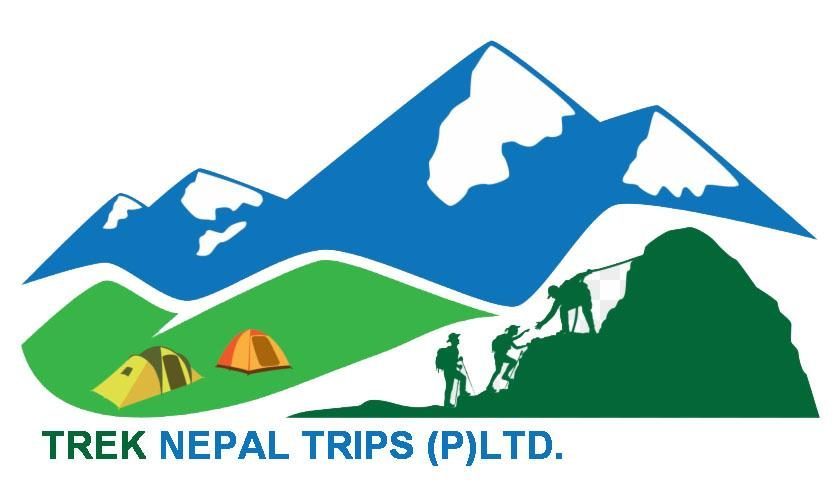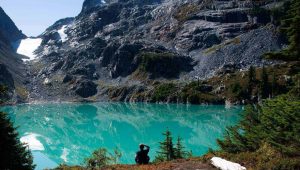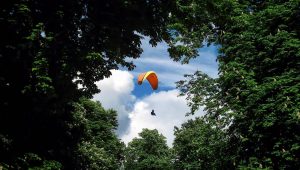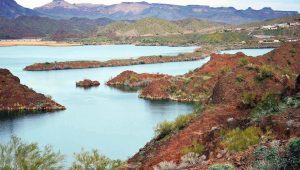The Manaslu Circuit trek is one of the shortest and sweetest treks in Nepal. It may take tourists around the Manaslu Conservation Area and lead to a breathtaking view of the eighth-highest mountain in the world.
Overview
About the trek:
The Manaslu Circuit trek is one of the shortest and sweetest treks in Nepal. It may take tourists around the Manaslu Conservation Area and lead to a breathtaking view of the eighth-highest mountain in the world. If trekkers have already visited the Annapurna Circuit, this trek can be a great non-standard. It may take an approximately 14-day trek, which starts at Soti Khola and ends at Beshi Sahar and can be made longer to 22 days with a supplementary side trek to the Tsum valley. Flanked by the Annapurna to the west and the Ganesh Himal to the east, it is one of the most graceful of the 8000-metre giants. Likewise, the Everest Base Camp Trek is flooded with trekkers from all around the world, while the Manaslu Circuit Trek usually sees hardly any people along its route.
Its about the remote, physically demanding, culturally enriching, and scenically uplifting. The circuit takes people from the steamy lowlands with terraces of rice and millet to the mighty gorges of the Budi Gandaki, with all its turquoise waters and amazing waterfalls.
The Adjournment bridges in the Manaslu trek are in an alliance of their own for both length and height, and the yearly monsoon often washes minor bridges away, leaving trekkers to use semi-submerged rocks.
With a maximum of 400 trekkers in 1992, the trek still has the feel of a pioneering expedition. If people want to know what trekking in the 1980s was like, the Manaslu circuit trek is a visual feast from start to finish, but they had better be fit. The Tibetan border is the following snowbound larkya lar. The altitude is based on the problem and is almost forgotten with the jaw-dropping views of Manaslu. About 5167 meters usually snow-covered Larkya La pass. Micro crampons are often used on the descent. Trekking to the pass requires a 3 a.m. start in order to reach the highest point before the winds come, usually around mid-morning. Looking back at the way people have to come to give up, the most amazing view comes after people have left the pass and walked along a corridor to the west. A great glacial cirque bursts into view. Ho Himal, Himlung Himal, Nemjung, Gyaji Kang, and Kang Guru are created by an astounding wall that casts down a stream of glaciers, while Annapurna rises ahead. Looking at the view alone makes the trek worthwhile. Magical Nepal can arrange your all-inclusive 15-day trek. The trek can be done on a tea house basis unless people want to go off route, where camping is the only option. Regarding Permits for Manaslu Circuit Trek, Manaslu Trek is a restricted region. People will need a special restricted area permit, which can be issued by a local company. People will also require an ACAP and MCAP permit for the trek. Two trekkers are compulsory for the trek. Talking about the Accommodation for the Manaslu Circuit Trek People will sleep in the tea house every night, which will be very basic with two single beds. Toilets are mostly shared and can be found outside of tea houses. Heating is only available in the dining area. Foods are available in tea houses. You will stop in tea houses for lunch during the trek.
Benefits of booking Manaslu Trek:
Free transfer from Tribhuvan International Airport to the hotel on arrival and vice-versa on departure. Free extra luggage storage during the trip at the Discovery World Trekking store. Pulse oximeters are used to monitor blood oxygen saturation levels at high altitudes in order to detect early signs of altitude sickness and other potential health hazards. Medical kits Easy booking and reservation system.
Best time for the trek:
The Manaslu circuit is best suited for spring and autumn. Ideally, from mid-October until mid-December for the autumn window. While mid-March until the first week of June is the perfect time for spring, if people are willing to consider it a little bit, the Manaslu trek is also possible during the winter.
At Trek Nepal Trips, we are committed to making your trek the best experience you will ever have. If you are interested in joining the Manaslu Circuit Trek, contact us and we will take care of everything for you. Please note that these trips are completely customizable according to your preference. The itinerary is only for reference.




